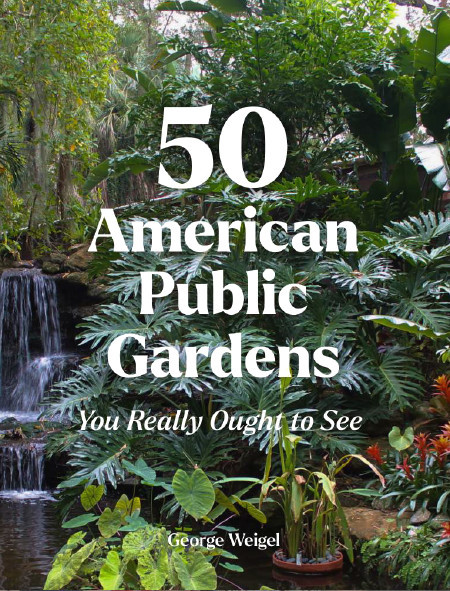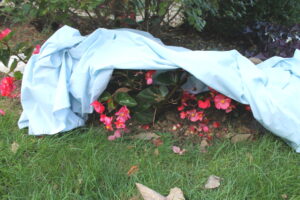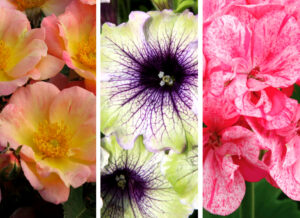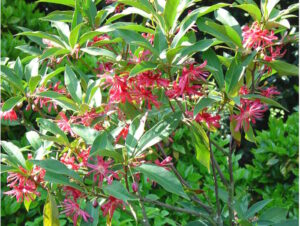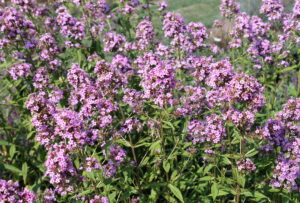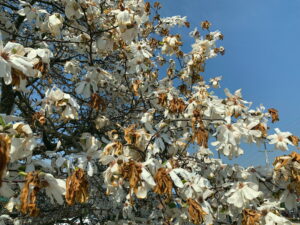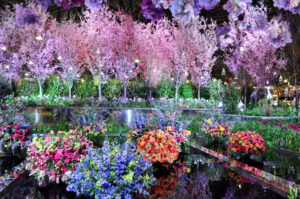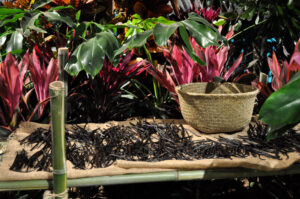Not Your Grandma’s Flowers
May 7th, 2024
If you’re like most gardeners, you’ll probably gravitate to the petunias, marigolds, zinnias, and begonias in the next few weeks because, well, that’s just what you plant every May.
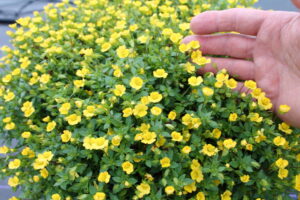
Mecardonia Garden Freckles in bloom.
Most of these old-favorite annual flowers still do a reliable job in filling the beds with summer-long color. But if you’re willing to try something different – or just plain tired of planting the same-old same-old every year – garden centers and greenhouses are offering way more choices than ever.
Plant breeders have made big strides lately in improving under-used annual flowers, while plant hunters have introduced several new species that weren’t available at all in Grandma’s day.
Here’s a look at 10 of these off-the-beaten-path annuals for your 2024 garden beds and flower pots:
Mecardonia
This three- to four-inch-tall gold-blooming creeper came along only a few years ago and is scarcely known even by avid gardeners.
However, it’s heavy in bloom, not attractive to animals, as good in the ground as trailing out of pots and baskets, and excellent in heat and drought (just avoid wet clay or too much shade).
Gold Dust is a variety I planted and was impressed with.
Petchoa
Petchoas are a new cross between the familiar petunia and the similar but smaller-flowered calibrachoa (also known as “million bells”).
They offer the best traits of both parents, resulting in a heavy-blooming trailer with the flower power of petunias and the brighter colors of calibrachoa.
These are best grown in containers or hanging baskets, in full sun to light shade, and they come in a wide variety of bright, pastel, and bicolor shades.
Caliburst Yellow and the EnViva series are two good choices you’re most likely to run across.
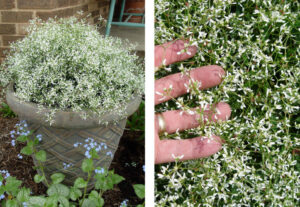
White euphorbia in a pot and close up.
Euphorbia
This mounded, white-blooming one- to two-footer looks like the popular wedding flower baby’s breath, but it’s actually more closely related to the poinsettia.
Annual euphorbias hit the market about 20 years ago with the introduction of a variety called Diamond Frost. Now you’ll find multiple varieties that are both heavier blooming and more compact, plus a few pink-tinged beauties.
Euphorbias are highly animal-resistant and grow best in full sun, in pots or in the ground.
Angelonia
Also new in the past 20 to 25 years, angelonias send up 12- to 18-inch flower spikes that look like a cross between snapdragons and orchids.
The flowers might seem dainty, but these plants are exceptionally tough in heat and drought and hardly ever bothered by bugs, disease, or animals.
Angelonias come in purple, pink, white, bluish-purple, and lavender, and they do best in full sun. The Angel Wing and Angel Face series are excellent, and the Serena and Serenita series are superb compact choices.





